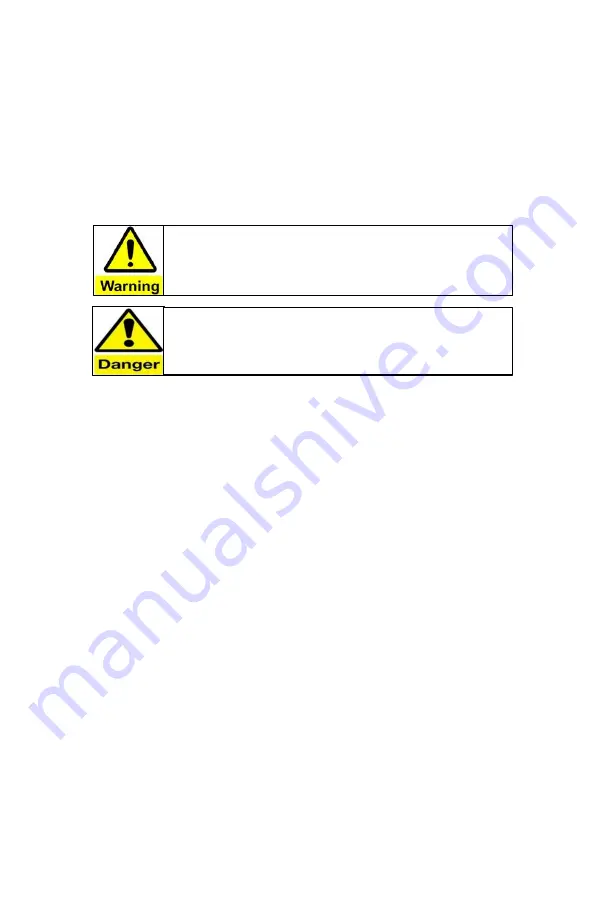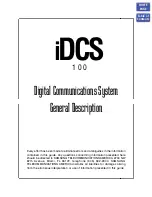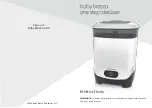
66
the external power is not reversed, in order to avoid harm to appliances
and personal electrical shock. Polarity testers may be purchased in most
electrical and hardware stores with the GFCI tester built in.
During use of the recreational vehicle, it is suggested to test this
receptacle once per month. To test, press the “TEST” button in. The
“RESET” button should pop out. Power should now be turned off at this
receptacle and any receptacles down line. To restore power, push then
release the “RESET” button.
12-Volt DC System
Most interior lights and appliances receive 12-volt DC power through
converter output and/or the auxiliary battery. Exterior lights and brakes
also use 12-volt DC power from the tow vehicle battery and/or auxiliary
battery through the 7-way connecter and wire attached to the tow vehicle.
Converter
The heart of your 12-volt DC system is enclosed inside of the load center,
including 12V fuse panel, 120V breaker panel and converter unless you
have 50 amp service, and a free standing converter.
Fuse panel will have numerous fuse positions, depending on output size
of converter and requirement of your coach.
All converters have solid state electronic components internally to
produce “clean” 12V DC power.
This load center will have a brown plastic front panel with a small door to
access fuses and breakers.
Some models with 50 amp service have fuses and breakers in separate
distribution box, with converter installed in a different location (not
mounted into distribution box).
The function of a converter takes 120-volt AC power and transforms this
power into 12-volt DC power as used in your coach. 12-volt DC supplies
power for some appliances and most interior lights. The floor plan and
Never use a “cheater” plug or extension cord. It breaks the
continuity of the ground circuit to the grounding pin.
NEVER, under any circumstances, remove a grounding pin in
any cord or plug. It may mean the difference between LIFE
and DEATH.
















































